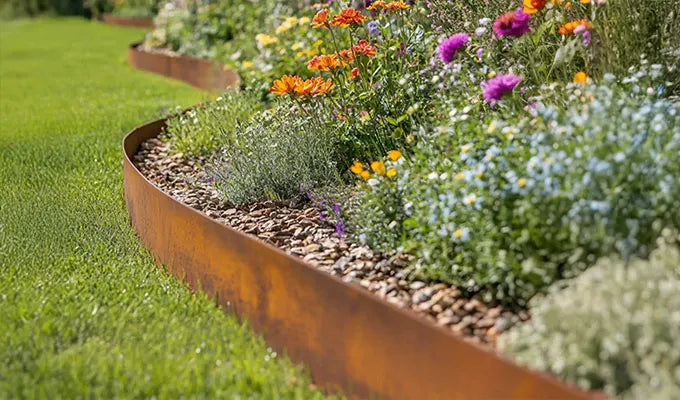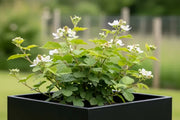Sorbus: The Beautiful and Beneficial Rowan and Mountain Ash
Known affectionately as Rowan or Mountain Ash, Sorbus trees are a cherished sight across the British Isles, gracing gardens, parks, and natural landscapes with their enduring beauty. Perfectly suited to the changeable English climate, these versatile trees offer year-round interest and are a superb choice for gardeners seeking both ornamental appeal and ecological benefits.
A Diverse Family for the British Garden
The Sorbus genus is remarkably diverse, encompassing a range of sizes and forms, from elegant, slender trees to more spreading specimens. Many varieties thrive in our temperate climate, making them exceptionally reliable additions. Their resilience to varying soil types and urban pollution further enhances their appeal, allowing them to flourish in everything from rural gardens to city streets.
Growing Conditions and Planting
Sorbus trees are wonderfully unfussy, preferring a site with full sun to partial shade for optimal flowering and fruiting. While they are adaptable to most soil types, they truly excel in well-drained soil. Waterlogging is their main adversary, so ensure good drainage, especially in heavier clay soils by incorporating organic matter. For best results, plant bare-root trees in the dormant season, typically between late autumn and early spring. Container-grown specimens can be planted at any time of year, provided the ground isn't frozen or waterlogged, though autumn planting gives them a head start on root establishment.
Care and Maintenance
Once established, Sorbus trees require relatively little maintenance. Young trees will benefit from regular watering during dry spells in their first two to three years to help them settle in. Pruning is generally minimal; focus on removing any dead, diseased, or crossing branches to maintain a healthy structure. This is best done in late autumn or winter when the tree is dormant.
Flowering and Fruiting Calendar
One of Sorbus's greatest charms is its seasonal display. In late spring to early summer, typically around May to June, the trees burst into a profusion of delicate, creamy-white flowers, often held in flattened clusters. These blossoms are a magnet for pollinators, buzzing with bees and other beneficial insects. As summer progresses, the flowers give way to clusters of berries. The peak fruiting season is from late summer through autumn, when the trees become laden with vibrant berries. These can range in colour from classic fiery reds and oranges to more unusual pinks or even pure whites, depending on the variety. These berries provide a crucial food source for native birds, particularly thrushes and blackbirds, adding a dynamic element to your garden well into the colder months.
Sorbus in Planters: A Solution for Smaller Spaces
For those with limited ground space, several smaller Sorbus varieties or those with a columnar habit are ideal for container cultivation. Varieties like Sorbus commixta 'Olympic Flame' or Sorbus aria 'Lutescens' (Whitebeam) can be trained beautifully in large planters. When potting, choose a container that is at least 60-75 cm in diameter and depth, with ample drainage holes. Use a good quality, peat-free tree and shrub compost mixed with some slow-release fertiliser. Containerised trees will require more frequent watering, especially during dry periods, and a regular feeding regime to replenish nutrients, as they cannot access the wider soil network. Ensure the pot is protected from extreme winter cold if your area experiences prolonged hard frosts, perhaps by wrapping it or moving it to a more sheltered spot.
Ecological and Aesthetic Benefits
Beyond their beauty, Sorbus trees offer significant ecological benefits. Their flowers support pollinators, and their berries are a vital food source for birds and small mammals, making them excellent choices for wildlife-friendly gardens. Their glorious autumn foliage, often turning brilliant shades of orange, red, and purple, provides a stunning seasonal spectacle. Hardy, attractive, and beneficial, Sorbus trees are truly a superb asset to any British garden or landscape.





















